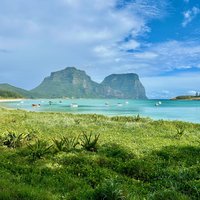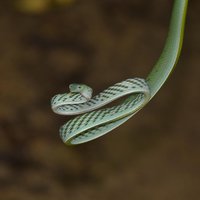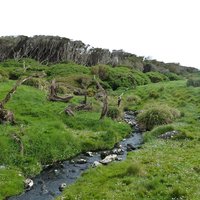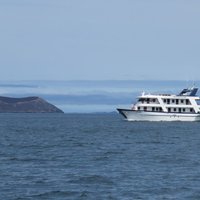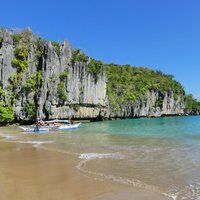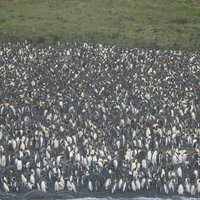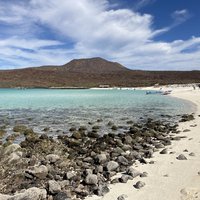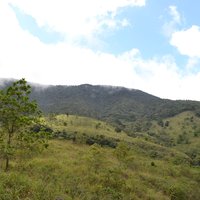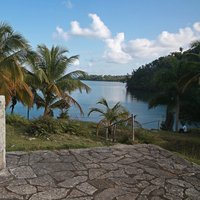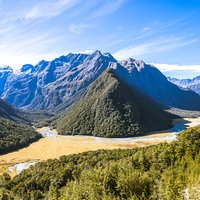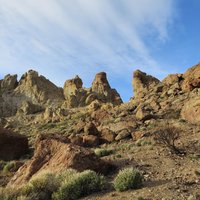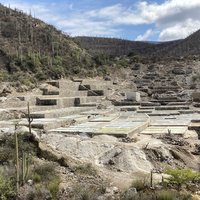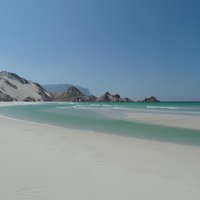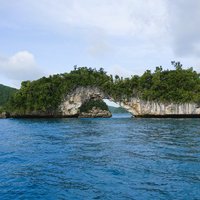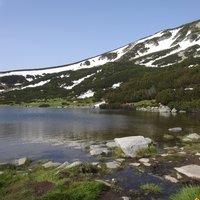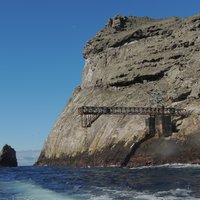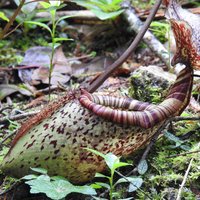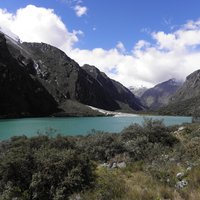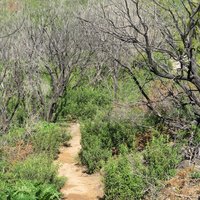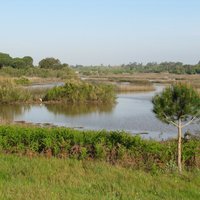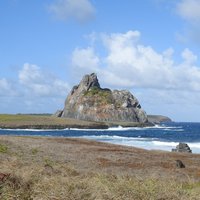Connected Sites
-
Lord Howe Island is the highly eroded remains of a 7 million-year-old shield volcano, the product of eruptions that lasted for about a half-million years. (Wiki)
-
Ecological separation from India in the late Miocene. The OUV emphasises the endemism arising from this.
See www.oneearth.org
-
The Auckland, Campbell and Antipodes islands are primarily of recent volcanic origin. The first two are eroded volcanic domes created 10-15 million years ago. The western sides of all three groups have been eroded significantly, creating steep cliffs, while on the eastern sides lava flows and glaciers from the Pleistocene era (about 2 million years ago) have formed U-shaped valleys, fiords and harbours. The Antipodes volcano is the youngest and least eroded.
See www.teara.govt.nz
-
"The volcano formed atop an east-west rift in the oceanic crust along the African Plate, beginning during the Miocene epoch over 5 million years ago, continuing into the Pleistocene until about 700,000 years ago. This was followed by extensive erosion, producing two large amphitheatres open to south in the central part of the island." Wiki
-
In comparison with most oceanic archipelagos, the Galapagos are very young with the largest and youngest islands, Isabela and Fernandina, with less than one million years of existence, and the oldest islands, Espanola and San Cristobal, somewhere between three to five million years. (Wiki)
-
The formation of the Okinawa Trough in late Miocene resulted in the separation of a chain from the Eurasian Continent, forming an archipelago of small islands. Terrestrial species became isolated on these small islands and evolved to form unique and rich biota. (AB ev)
-
-
The geological evolution of Macquarie Island began 10 million years ago and continues today with the island experiencing earthquakes and a rapid rate of uplift, all of which are related to active geological processes along the boundary between the two plates. Nom file
-
The Gulf of California came into existence approximately 16.5 to 9.2 million years before present, when tectonic forces rifted the Baja Peninsula from the North American Plate. (EOEarth)
-
Miocene epoch is suggested for the common ancestry of the present−day genera of penguins
See www.worldheritagesite.org
-
-
It was a Miocene-Pleistocene refuge site, particularly in the glacial eras, for the Caribbean biota (AB ev)
-
Uplift has been fastest during the last 5 million years, and the mountains continue to be raised today by tectonic pressure, causing earthquakes on the Alpine Fault. (Wiki)
-
The shield volcanoes date back to the Miocene and early Pliocene. (Wiki)
-
"Palynological assemblages from the Tehuacán Formation (TF), geochronologically dated as Middle Miocene (15.6 ± 0.4 Ma), provide evidence of a highly diverse flora that, at the generic level, is similar to the extant flora in the Tehuacán Valley. We propose that, during Miocene times, plant communities may have been formed of similar botanical elements to those seen today in the region, with some taxa adapted to semiarid conditions."
See www.researchgate.net
-
"..comprises an..igneous basement from the Pre-Cambrian Era and a complex of early Palaeozoic rocks which are overlain by a mantle of limestones ...from the Cretaceous and Eocene Age..... The continental promontory on which Socotra is located separated from Africa some 36mya at the same time as the rifting which created the Gulf of Aden" (Nom File)
-
The archipelago as a whole is volcanic in origin, formed during the Miocene era (AB ev)
-
Entstanden im Rahmen der alpidischen Gebirgsbildung in Europa in der erdgeschichtlichen Epoche der Periode des Neogen (Pliozän/Miozän). Wiki
-
"Malpelo Island is composed of Miocene pillow lavas, volcanic breccias, and basaltic dikes that have been dated as being 16 to 17 million years old. This island and the underlying and underwater Malpelo Ridge were created along with the Carnegie Ridge in the Late Miocene by a very complex interaction between the Cocos-Nazca Spreading Centre and the Galápagos hotspot" (Wiki)
-
In geological terms, it is a very young mountain as the granodiorite cooled and hardened only about 10 million years ago.
-
El macizo se conforma íntegramente de granito y su levantamiento se inició en el límite neógeno-cuaternario hace 5.332 millones de años. (wiki)
-
It arose about 10-12 million years ago, when huge blocks of the oceanic crust emerged from the ocean floor and different volcanic episodes increased its size.
See parquesnacionalesdecanarias.es
-
"The ancient and relic plants and sporopollen indicate that the area has been montane landform at least since the Miocene epoch" (twhs description)
-
The marshes result from a subsidence of the continental plate in the Upper Miocene and Lower Pliocene, which caused a depression later filled by fluvial and aeolic deposits. (AB)
-
Die Pyroklastika wurden dann im Oberen Miozän (Tortonium) vor rund 9 Millionen Jahren BP von phonolithischen und trachytischen Staukuppen und Gangen unterschiedlichster Zusammensetzung intrudiert. (Wiki)

